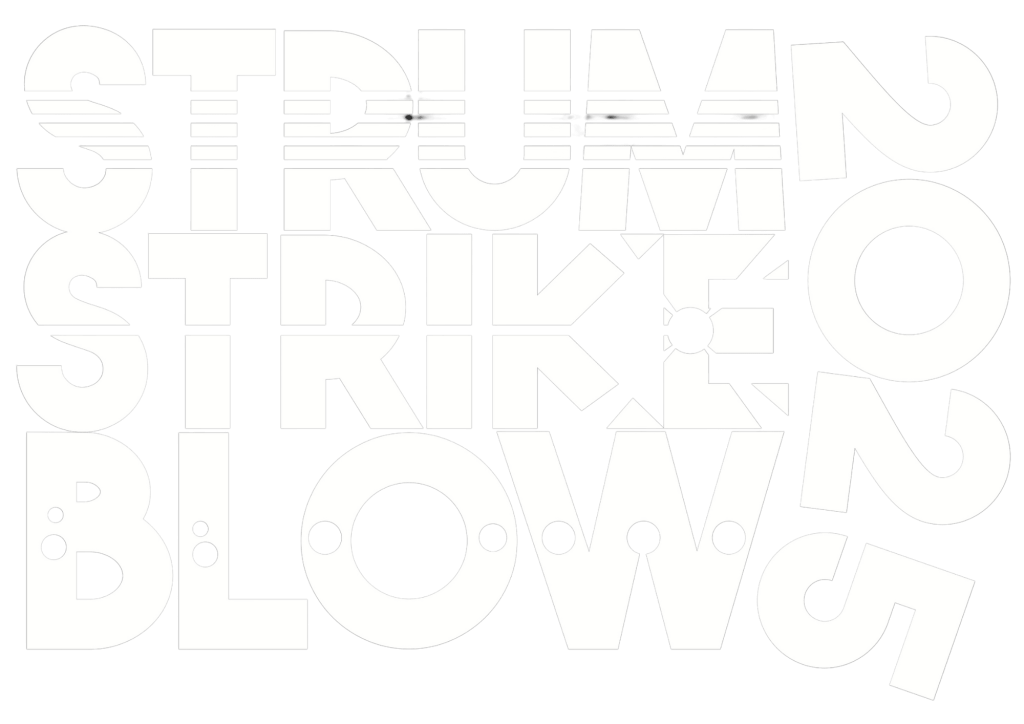Your cart is currently empty!
MARIMBA
STAR WARS
Star Wars SSB 2017 – 09 Bass Marimba (bass clef) – 2017-04-09
Star Wars SSB 2017 – 07 Marimba 2, (Chromatic) – 2017-04-09
Star Wars SSB 2017 – 08 Bass Marimba, (treble clef) – 2017-04-09
Star Wars SSB 2017 – 06 Marimba 1 (white notes only) – 2017-04-09
JULY
July – 2017 – 07 Glockenspiel Chime Bars (Easy) – 2017-03-11
July – 2017 – 08 Marimba 1 (white notes only) – 2017-03-11
July – 2017 – 09 Marimba 2 (advanced), Chromatic – 2017-03-11
July – 2017 – 10 Bass Marimba (treble clef), (hard) – 2017-03-11
July – 2017 – 11 Bass Marimba (bass clef) – 2017-03-11
July – 2017 – 12 Bass Marimba (easy, white notes) (treble clef) – 2017-03-11
July – 2017 – 13 Bass Marimba (easy, white notes) (bass clef) – 2017-03-11
SSB 2017-marimba performance instructions
MoJO – Parts (pdf)
MoJo original (pdf)
MoJO NOTES
- This will be the trickiest piece so don’t leave it till last!
- Note that it is in 3/4
- You can choose how many of the parts you teach and assign instruments in any way you wish except M4 and Bass (both in bass clef) should be on bass instruments.
- The rhythm is the challenge with two against three – do lots of clapping to support the rhythm.
- Please make sure the children practise playing the order exactly as written below
MoJO ORDER
- Percussion for 8 bars
- M1 once through Section A
- Add M2 once through Section A
- Add M3 once through Section A
- Add M4 once through Section A
- Add Bass and play 4 times.
- Switch to Section B – M1 plays alone, once through
- Add M2 once through Section B
- Add M3 once through Section B
- Add M4 once through Section B
- Add Bass and play 4 times
- Back to Section A – everyone plays twice through and end on the first note of the last bar
CatchBottle (pdf)
CATCHBOTTLE NOTES
- Melody can be played by recorders, flutes, glockenspiels, xylophones or marimbas
- Middle part to be played on wooden instruments (if possible) with one mallet held the wrong way round so every second beat sounds “sharper.” Chime bars could also play this part.
- Bass line on low marimbas, metallophones or bass xylophones
- Children can roll their mallets on the long notes (minims and semibreves)
CATCHBOTTLE ORDER
- Bass alone play first 8 bars
- Bass and middle part play first 8 bars
- Bass, middle and melody play first 8 bars
- Four whistles while all children spin clicking their beaters as they turn
- All play the second 8 bars together
- Repeat the whole piece from the beginning (If you have a good recorder, flute or tin whistle player they could play the alternative melody the second time through.
- Finish on a crotchet C after the last bar.
Fizzy Pop (pdf)
FIZZY POP NOTES
- Melody can be played glockenspiels, chime bars, xylophones or upper marimbas
- Xylo ostinato (top staff at bottom of page) can be played on xylophones, marimbas or metallophones
- Marimba ostinato (bottom staff at bottom of page) can be played on bass xylophone or marimba
FIZZY ORDER
- Xylophone and marimba ostinato play four bars
- All come in and play through the whole piece
- Xylophone and marimba ostinato play four bars
- All in and play the whole piece through
Caribbean Calypso parts (pdf)
1. Full score Caribbean P3 (pdf- original 3 pages)
Caribbean Calypso Score (portrait 1 page) (pdf)
NOTE
- At the end of the B section D.C. (meaning go back to the beginning) rather than a repeat the B section. (there should really be a D.C sign rather than a repeat sign).
ORDER
- A A B
- A A B
- Coda (last 2 bars of B section and last 2 bars of A section)
This is the same as the recording.
Tennessee Blues
Tennessee Blues – all parts portrait (Pages 1-3 with note names – pages 4-6 without names)
Tennessee Blues Score portrait (one page)
1. Melody (with note names)
2. Harmony 1 (with note names)
3. Harmony 2 (with note names)
4. Harmony 3 (with note names)
5. Bass (with note names)
NOTES
- Choose parts according to ability but harmony 1 instruments need a Bb and the bass should be played on a bass instrument (xylophone or low marimba)
- If you have more advanced children they may want to learn the written improvisation section or, even better, improvise on any of the following notes, C, D, Eb, E, G, A
ORDER
- Bass play 4 bars alone
- Bass and Harmony 3 play first 4 bars
- Bass, Harmony 3 and Harmony 2 play first 4 bars
- Bass, Harmony 3, Harmony 2, Harmony 1 play first 4 bars
- Melody join in and all play Section A
- For section B no melody – just improvisers – we will organise who will play at a later date.
- Repeat Section A with everyone
- Repeat Section B with no melody – just improvisers.
- Play Section A to sign and then coda
